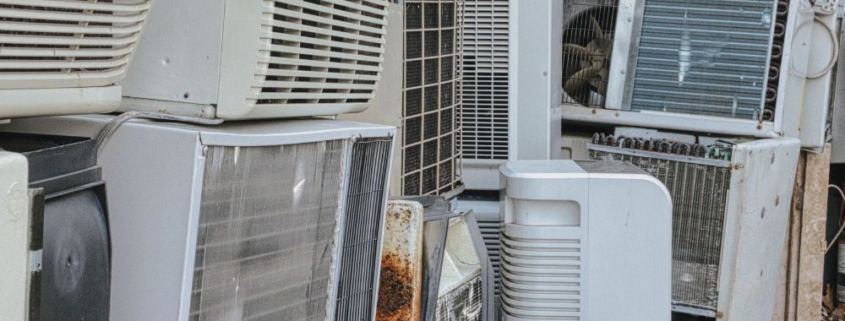How Long Does AC Repair Take
Air conditioning repair is an essential service to restore comfort in homes and businesses. The time required for AC repair depends on several factors, including the type of problem, the system size, and the availability of parts. Understanding these factors helps homeowners plan and manage expectations during the repair process.
Factors Affecting AC Repair Time
The type of issue is the primary factor affecting repair duration. Simple problems, such as replacing air filters, cleaning coils, or fixing a thermostat, may take one to two hours. These repairs are straightforward and usually completed in a single visit by a licensed HVAC technician.
More complex issues, like refrigerant leaks or compressor failure, take longer to diagnose and repair. Detecting and repairing a refrigerant leak may require several hours, as the technician must locate the leak, repair it, and recharge the system with the correct refrigerant. The time can range from two to five hours depending on the leak’s location and severity.
Compressor or condenser problems may take an entire day. Replacing a compressor involves shutting down the system, removing the old unit, installing a new compressor, and testing the system. These repairs often require multiple technicians and specialized equipment.
Size and Type of AC System
The size of the property and type of AC system also affect repair time. Central air conditioning systems serving large homes or commercial buildings usually take longer to repair due to more extensive ductwork and larger components. Window units or ductless mini-split systems are smaller and simpler, often repaired within one to three hours.
Older units may also require more time. Components may be worn or obsolete, making diagnosis and replacement more challenging. Newer systems typically allow quicker access to parts and easier repairs.
Parts Availability
The availability of replacement parts can significantly impact repair duration. Standard parts such as filters, capacitors, and thermostats are usually in stock and allow immediate repair. Specialty parts, like specific compressors or circuit boards, may need to be ordered, adding several days or even a week to the repair process. Planning for parts availability ensures minimal disruption to cooling.
Scheduling and Technician Availability
Repair time can also depend on the scheduling and availability of HVAC professionals. Emergency repairs may be completed faster, while non-urgent repairs may be scheduled days in advance. Some HVAC companies offer same-day service for common issues, but complex repairs may require multiple visits.
Maintenance to Prevent Lengthy Repairs
Regular maintenance reduces the likelihood of extensive repairs. Annual inspections, cleaning coils, checking refrigerant levels, and replacing filters keep the system efficient and help identify small issues before they become major problems. Well-maintained systems are easier to repair and generally require less time.
FAQ
How long does a simple AC repair take?
Minor repairs, such as cleaning filters or fixing a thermostat, usually take one to two hours.
How long does it take to repair a refrigerant leak?
Repairing a refrigerant leak can take two to five hours depending on the leak’s location and severity.
Do large AC systems take longer to repair?
Yes, central AC systems serving large homes or commercial buildings often take longer due to more extensive components and ductwork.
What if the required parts are not in stock?
If specialty parts are needed, repair can be delayed by several days until parts arrive.
Can maintenance reduce repair time?
Yes, regular maintenance helps identify issues early and ensures components are in good condition, reducing repair duration.
Conclusion
The time required for AC repair varies depending on the type of problem, system size, parts availability, and technician scheduling. Simple repairs may be completed in one to two hours, while complex issues like refrigerant leaks or compressor replacement can take a full day or longer. Regular maintenance helps prevent extensive repairs and ensures faster resolution when problems occur. Understanding these factors allows homeowners to manage expectations, plan for downtime, and maintain a comfortable indoor environment during hot weather.



